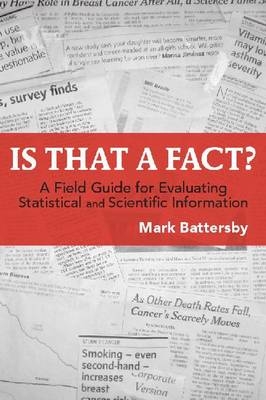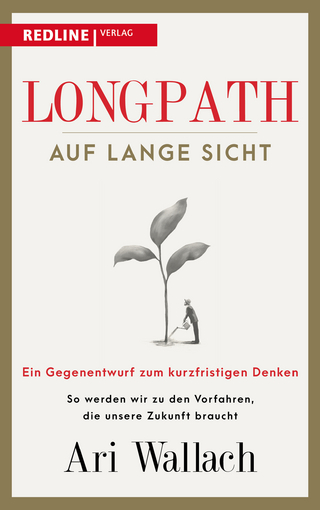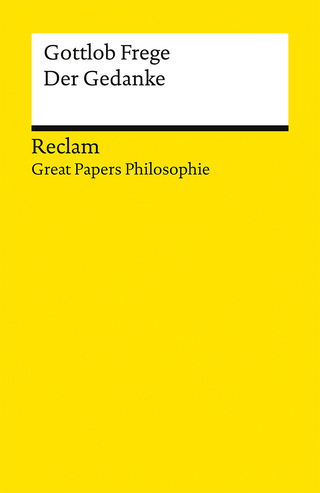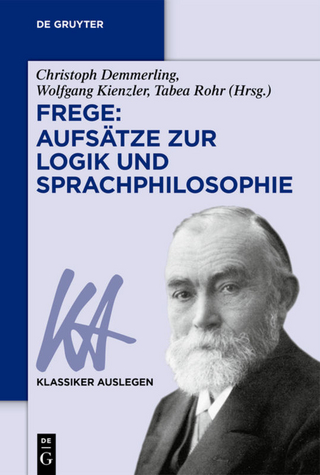
Is That a Fact?
A Field Guide for Evaluating and Statistical and Scientific Information
Seiten
2010
Broadview Press Ltd (Verlag)
978-1-55111-587-0 (ISBN)
Broadview Press Ltd (Verlag)
978-1-55111-587-0 (ISBN)
Teaches students how to think critically about scientific and statistical information. This text intends to teach readers how to identify misleading use of statistics, and also offers them the understanding necessary to evaluate and use statistical and statistically based scientific information.
Is that a Fact? teaches students how to think critically about scientific and statistical information. The goal of the text is not only to teach readers how to identify misleading use of statistics, but also to give readers the understanding necessary to evaluate and use statistical and statistically based scientific information. Is that a Fact? teaches students how to think critically about scientific and statistical information.
The goal of the text is not only to teach students how to identify statistical fallacies, but also to give students the understanding necessary to evaluate and use statistical and statistically based scientific information. The availability of information on the Web means that laypeople can now access primary research with remarkable ease. But this access is meaningful only if they know how to evaluate the claims. While avoiding all statistical formalism, this text provides students with a useable understanding of statistical and scientific reasoning.
This understanding should enable them not only to evaluate information from polls and scientific studies, but also to make use of this understanding in their own decision making. It does not suppose a mathematical or technical background. It focuses on making reasonable use of statistical information, not merely avoiding being misled. Cartoons are used to illustrate concepts. It also includes illustrations.
Is that a Fact? teaches students how to think critically about scientific and statistical information. The goal of the text is not only to teach readers how to identify misleading use of statistics, but also to give readers the understanding necessary to evaluate and use statistical and statistically based scientific information. Is that a Fact? teaches students how to think critically about scientific and statistical information.
The goal of the text is not only to teach students how to identify statistical fallacies, but also to give students the understanding necessary to evaluate and use statistical and statistically based scientific information. The availability of information on the Web means that laypeople can now access primary research with remarkable ease. But this access is meaningful only if they know how to evaluate the claims. While avoiding all statistical formalism, this text provides students with a useable understanding of statistical and scientific reasoning.
This understanding should enable them not only to evaluate information from polls and scientific studies, but also to make use of this understanding in their own decision making. It does not suppose a mathematical or technical background. It focuses on making reasonable use of statistical information, not merely avoiding being misled. Cartoons are used to illustrate concepts. It also includes illustrations.
Mark Battersby is Professor of Philosophy at Capilano College.
| Erscheint lt. Verlag | 28.2.2010 |
|---|---|
| Verlagsort | Peterborough |
| Sprache | englisch |
| Themenwelt | Geisteswissenschaften ► Philosophie ► Logik |
| ISBN-10 | 1-55111-587-5 / 1551115875 |
| ISBN-13 | 978-1-55111-587-0 / 9781551115870 |
| Zustand | Neuware |
| Haben Sie eine Frage zum Produkt? |
Mehr entdecken
aus dem Bereich
aus dem Bereich
ein Gegenentwurf zum kurzfristigen Denken : so werden wir zu den …
Buch | Hardcover (2023)
REDLINE (Verlag)
18,00 €


